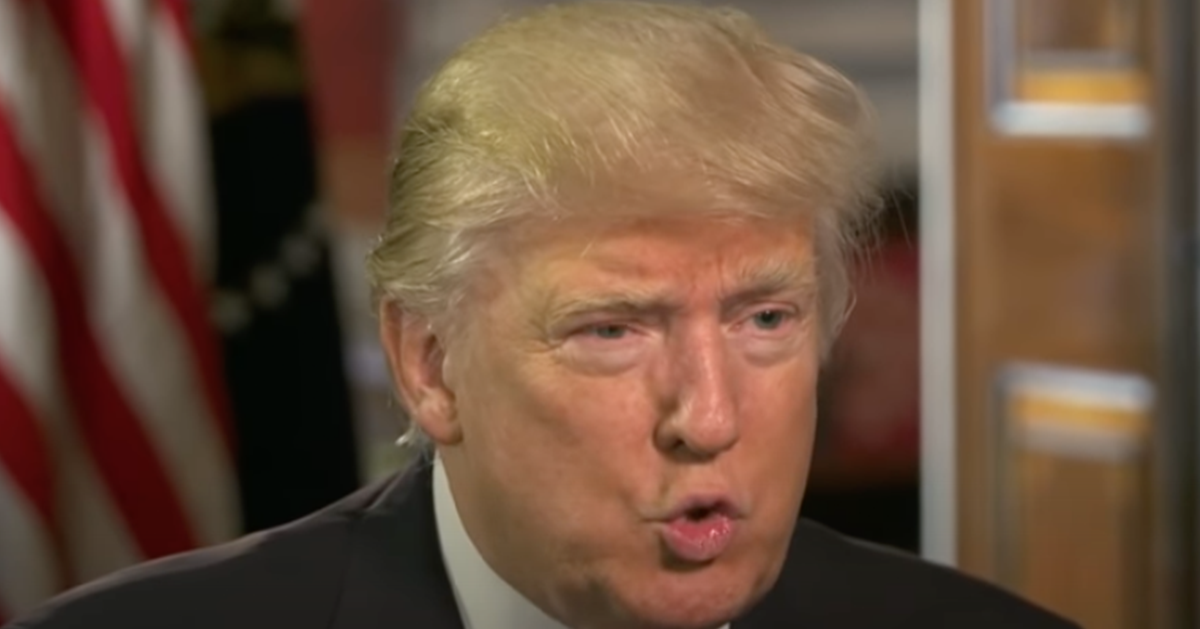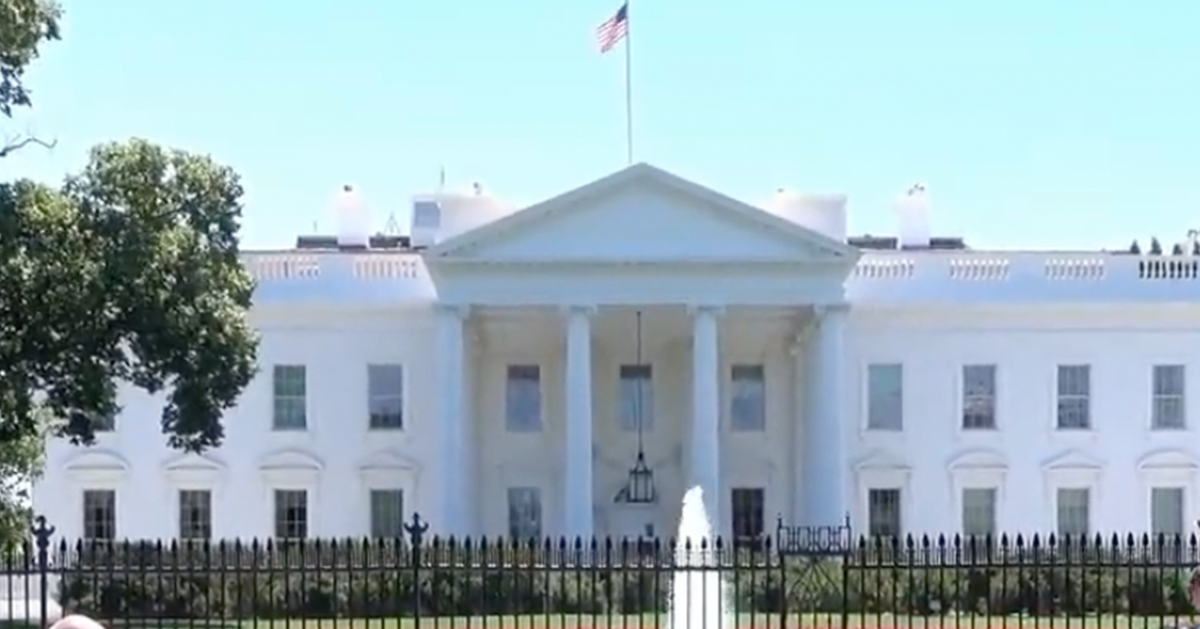Trump Assassination Attempt: Who Is to Blame?
An attempted assassination of former president Donald Trump shocked the nation when a shooter, identified as Thomas Matthew Crooks, took a position on a rooftop before being fatally shot by a Secret Service sniper.
The FBI is investigating probable multiple failures by the Secret Service and other security personnel, with a host of former agents now weighing in on where the vulnerabilities may have been, as the Daily Mail reports.
Investigations are centering on how Crooks, armed with a high-powered semi-automatic rifle, possibly an AR-15, managed to position himself on a rooftop just 150 yards from Trump's stage.
Some individuals in the crowd reportedly noticed the armed man and attempted for several minutes to alert security officials. However, the police response was startlingly slow.
Security Responsibilities and Breakdown
Crooks was shot dead by a Secret Service sniper within seconds of opening fire on Trump. The anticipated division of responsibilities suggests that while the Secret Service oversaw an enclosed perimeter, local police were responsible for the wider zone outside.
National Guard soldiers in camouflage were present at the event, but their exact role and its impact on security are part of the ongoing investigation. Communication failures were perhaps significant; Crooks might have been mistaken for a police sniper, partly explaining the delay in the response.
Security Planning and Coordination Challenges
Effective security plans for such events typically involve detailed meetings between police and Secret Service teams. These meetings aim to establish clear roles and recognizability to ensure all personnel can identify each other by sight.
When these plans are not meticulously followed, the results can be catastrophic. The challenge is even greater for local police departments that may be unfamiliar with the stringent security protocols required for high-profile political events.
FBI's In-Depth Investigation Approach
The FBI will use various sources to reconstruct the event. Witness statements, CCTV footage, media video, and amateur footage from the public will be critical in understanding how Crooks accessed the roof and why security response was delayed. Audio recordings, including radio communications, will also be reviewed and possibly made public.
In the immediate aftermath of the incident, Trump was shielded by Secret Service agents and led away behind reinforced barriers. Their actions, although unconventional, underline the severity of the situation. Despite protection protocols, Trump requested his shoes while being led to his vehicle, which posed a potential risk to his safety.
Implications for Future Security Measures
Security at upcoming events, particularly the Republican national convention in Milwaukee, Wisconsin, is expected to be unprecedented. As investigations continue, the goal is to prevent similar incidents before the election.
Quotes from a former FBI agent reflect on the situation's gravity: "What the hell happened -- and how was it possible? These questions will be at the heart of the FBI investigation into probable multiple failures by the Secret Service and others in the lead-up to the attempted assassination of Donald Trump."
Protocols and Preparedness Under Scrutiny
The same veteran agent emphasized the importance of clear assignment of responsibilities: "Responsibility for every post, every zone, every rooftop needs to be clearly assigned... This is standard practice for the Secret Service."
There is a consensus that such thorough planning is essential, yet it may represent uncharted territory for local police, who might never have experienced an event of this nature before. The investigation will examine every aspect of coordination and response, including whether the National Guard's presence affected security.
Released audio recordings and detailed reconstructions will shed light on the incident. Understanding how Crooks reached his position undetected and why the crowd's warnings went unheeded will be crucial to preventing future threats.
Assessment of Trump's Protection Protocol
As Trump's protection squad hurried him to safety, the unorthodox methods observed raised concerns for some. The former FBI agent who spoke to the Mail highlighted that the primary objective of the protection squad is to safeguard their charge, even to the point of physical restraint.
Lasting lessons from the Butler incident will inform future security measures. Until comprehensive answers are available, it remains uncertain whether similar violence can be entirely prevented in the current political climate.
Conclusion
The assassination attempt on Donald Trump has prompted a critical examination of security protocols and communication failures by the Secret Service and local police. An FBI-led investigation will reconstruct the event, analyze witness and audio accounts, and scrutinize response times to understand how Crooks accessed the rooftop and why initial concerns were ignored. This scrutiny aims to ensure readiness for future political events and mitigate potential threats.
For future event security, detailed planning, clear communication, and coordination are imperative. The findings from this investigation will be essential to formulating improved security strategies, particularly as the nation approaches the upcoming election season.





